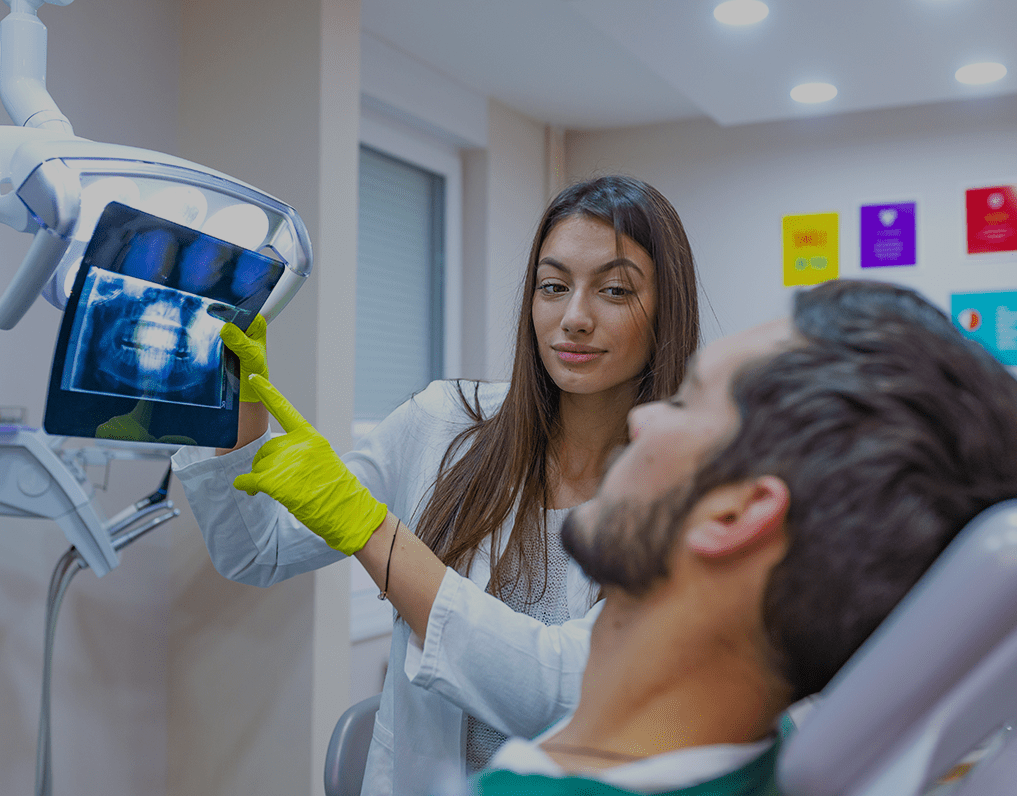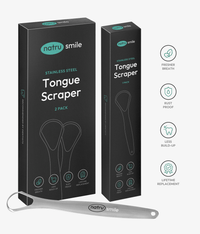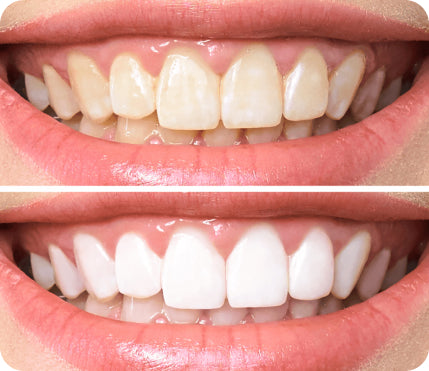
All products are certified by dental expert Dr. Greg Grillo
So, you've just had your teeth whitened. The coffee stains are finally gone! Now that you have had the procedure, however, what can and can't you eat? The good news for lettuce lovers is that, yes, you can eat lettuce after teeth whitening. In fact, it's a great way to keep your pearly whites looking their best and help maintain the results of your teeth whitening session.
Let's take a closer look at why lettuce is a great food to eat after teeth whitening and how it can help you keep your smile looking its brightest.
Is It Ok To Eat Lettuce After Teeth Whitening?
Yes – you can eat lettuce after the whitening procedure, so long as you wait the standard 30 minutes after the treatment to eat. This allows the hydrogen peroxide used in most teeth whitening treatments to fully dissipate and helps ensure that you don't experience any sensitivity or other reactions due to the procedure.
Can Lettuce Benefit Your Teeth?
Lettuce’s benefits for teeth are very impressive. This leafy green contains many healthy vitamins and minerals, such as vitamins A, K, C, and folate. Eating lettuce can help to keep your teeth healthy and strong by providing your body with the essential nutrients it needs for proper oral hygiene.
Since lettuce is 95% water, there is nothing abrasive or harsh to damage your teeth. It's also a great source of fiber which helps remove plaque from the surface of your teeth and prevent cavities from developing. Eating lettuce after teeth whitening is not only safe but beneficial.
Is Lettuce Good For Cavities?
Believe it or not, lettuce actually has an antimicrobial quality due to the phenol compounds it contains – meaning it can help fight bacteria that lead to cavities.
This is why lettuce is a great food to eat after teeth whitening, as it can help prevent the formation of new cavities and keep your smile pearly white. Keep in mind, however, that no food can remove cavities once they have formed.
Whitening procedures cannot fix cavities either, so if you have any signs of decay, you should see your dentist right away.
Why Does Lettuce Make My Teeth Feel Weird?
If you've ever eaten lettuce and noticed a tingling sensation in your teeth, that's because many varieties of lettuce contain citric acid. This acid is harmless but can cause a slightly uncomfortable feeling on sensitive teeth. Once the hydrogen peroxide has fully dissipated, this feeling will subside, and you'll be able to enjoy your crunchy treat without any discomfort.
Is Romaine Lettuce Good For Teeth?
Yes, romaine lettuce is particularly good for your teeth. The romaine variety of lettuce happens to contain high levels of folate – meaning it can help strengthen your enamel and protect your gums from disease or infection. Romaine lettuce also has high Vitamin C content, which helps boost your immune system and keep your teeth healthy.
Note that not all leafy greens are safe to eat after whitening. Spinach, for instance, can contain oxalic acid, which is abrasive and may cause damage to your enamel. Remember: anything with enough pigment to stain a white shirt should be avoided after whitening, so that rules out a lot of other leafy greens such as kale or chard.
Can Lettuce Whiten Your Teeth?
Unfortunately, no – lettuce cannot whiten your teeth. While it can help keep them healthy and strong, it won't actually change the color of your enamel. The only way to do that is with a professional whitening procedure or over-the-counter products designed specifically for this purpose.
For instance, here at NatruSmile we sell a range of teeth whitening products that are safe to use at home and can help you achieve a brighter, whiter smile in the comfort of your own bathroom. Our teeth whitening kits are simple to use, and you can certainly eat lettuce after using them!
Does Salad Make Your Teeth Whiter?
The short answer is no. Eating a salad won't make your teeth any whiter.
However, it can help maintain the results of your teeth whitening procedure and keep them looking their best for longer. So while you may not see an immediate difference in the shade of white after eating a salad, it can help to prevent discoloration from occurring over time – making sure that you're able to show off that bright smile for years to come.
Can I Eat A Salad Sandwich After Whitening?
Generally speaking, it's best to avoid crunchy foods, staining foods, and acidic foods after a teeth whitening procedure. This means that while a salad sandwich can be eaten after whitening, it does depend on the contents of the sandwich. If your sandwich contains anything with a high level of acidity or pigment, then it's best to avoid it for the time being. Try making sandwiches with lettuce, cucumber, and other light, mild ingredients until the grace period is over.
Wrapping Up
Lettuce is far from the worst food to eat after whitening; in fact, it can actually be quite beneficial to your teeth and gums! Eating lettuce after whitening can provide your body with essential vitamins and minerals, help remove plaque from the surface of your teeth, and even fight bacteria that lead to cavities.
So go ahead – enjoy a crisp salad or crunchy head of lettuce without worry. Just remember to wait 30 minutes after whitening before eating anything so that you don't experience any sensitivity or discomfort caused by hydrogen peroxide residue.












